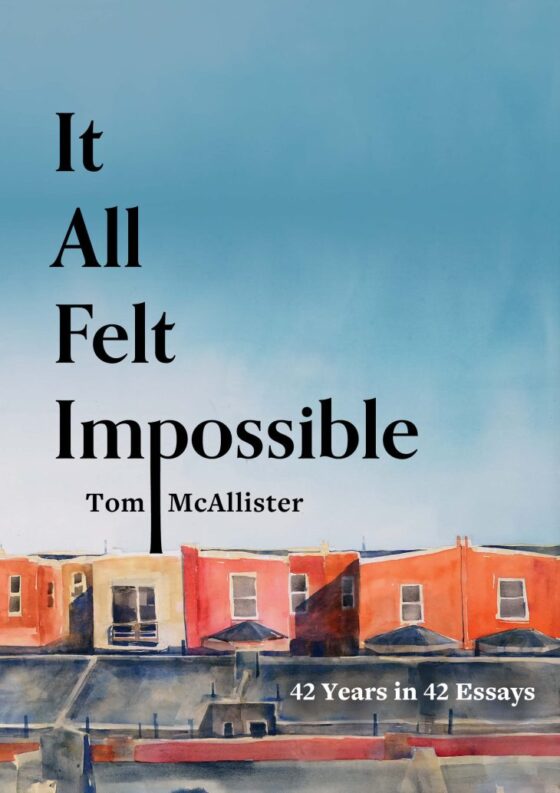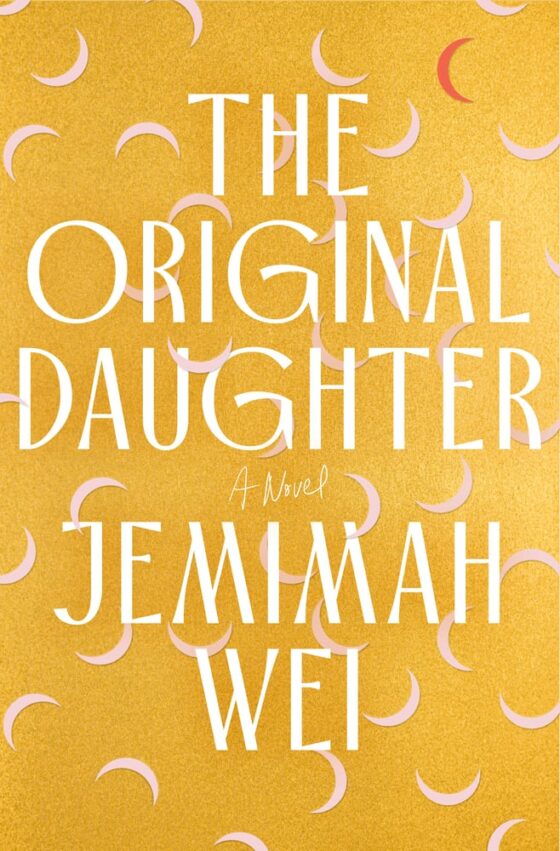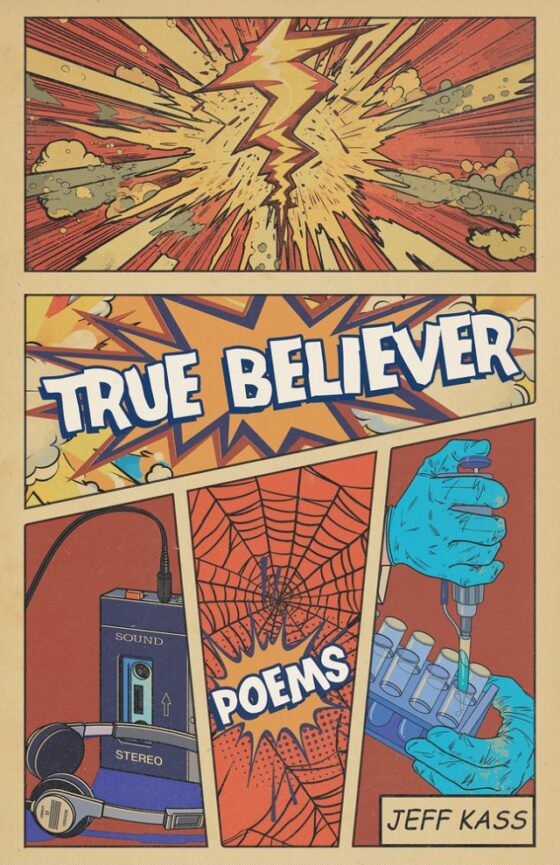On June 26th, the Supreme Court ruled in Obergefell v. Hodges that states must allow same-sex couples to marry and that they must recognize marriages performed in other states. The ruling ends the bans against same-sex marriage that existed in 14 states. This decision comes two years to the day since the Court’s decision in United States v. Windsor, which recognized same-sex marriages on the federal level in 2013.
Justice Anthony Kennedy wrote the majority opinion for the Court, an opinion where he was joined by Justices Breyer, Ginsberg, Kagan, and Sotomayor. The summary of Justice Kennedy’s decision explained the repeal of all same-sex marriage bans under the Fourteenth Amendment:
The fundamental liberties protected by the Fourteenth Amendment’s Due Process Clause extend to certain personal choices central to individual dignity and autonomy, including intimate choices defining personal identity and beliefs…. History and tradition guide and discipline the inquiry but do not set its outer boundaries. When new insight reveals discord between the Constitution’s central protections and a received legal stricture, a claim to liberty must be addressed.
Justices Alito, Roberts, Scalia, and Thomas dissented and each provided an opinion of their dissent. Each of their dissents focused on the historical precedent: that marriage was defined, in our own past and in wider global contexts, as a union between a man and a woman. Justice Roberts’s opinion in particular addresses the minority justices’ concerns at the writing of historical precedent with the Court’s decision:
If an unvarying social institution enduring over all of recorded history cannot inhibit judicial policymaking, what can? But this approach is dangerous for the rule of law. The purpose of insisting that implied fundamental rights have roots in the history and tradition of our people is to ensure that when unelected judges strike down democratically enacted laws, they do so based on something more than their own beliefs. The Court today not only overlooks our country’s entire history and tradition but actively repudiates it, preferring to live only in the heady days of the here and now.
With the ruling in place and effective immediately, coverage on same-sex marriage has focused on the wider cultural context that this ruling enters: whether codifying law that acknowledges same-sex relationships really constitutes such a drastic historical precedent. Researcher Emily Kirkegaard writes for Autostraddle on the long, ancient history of queer relationships, a history often alluded to in both the majority opinion and dissenting opinions. The Atlantic also spoke to a historian about several classical cultures’ views on homosexual relationships, how those views were discussed in Obergefell, and how they informed the decision.
The Court’s decision also enters another chapter into the long history of LGBT+ advocacy. TIME.com wrote about the magazine’s own coverage of gay rights issues starting in the late 1960s and Huffington Post explored the early religious roots of gay rights advocacy in America. The New York Public Library has created a pop-up exhibit of LGBT+ documents and artifacts open at the main branch until July 14th.
Meanwhile, The Onion considers how future generations will receive the history of marriage equality.




